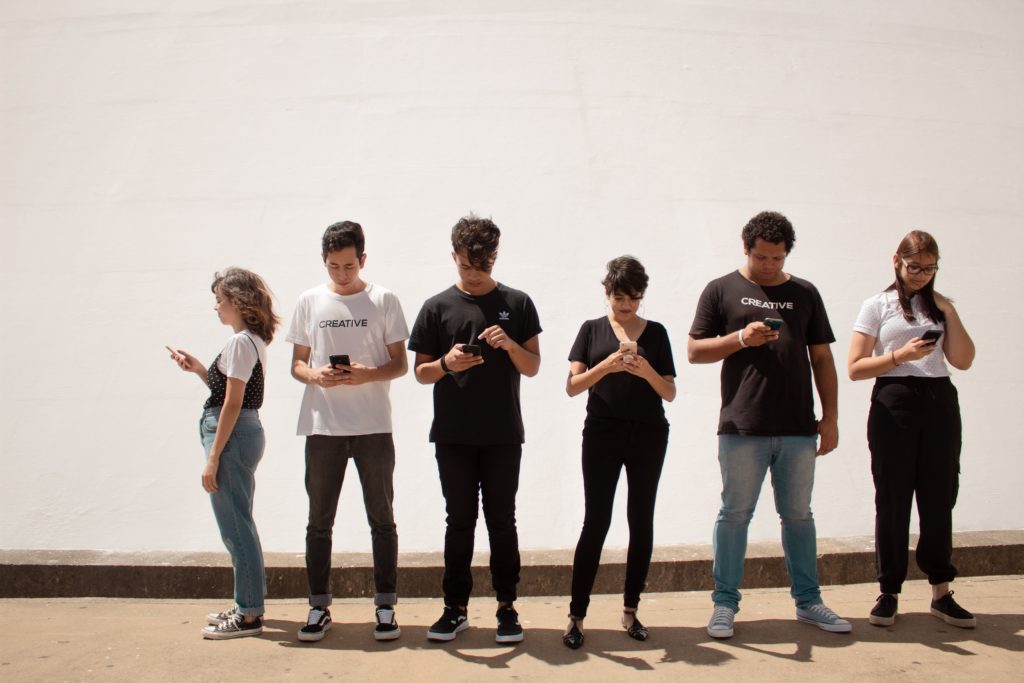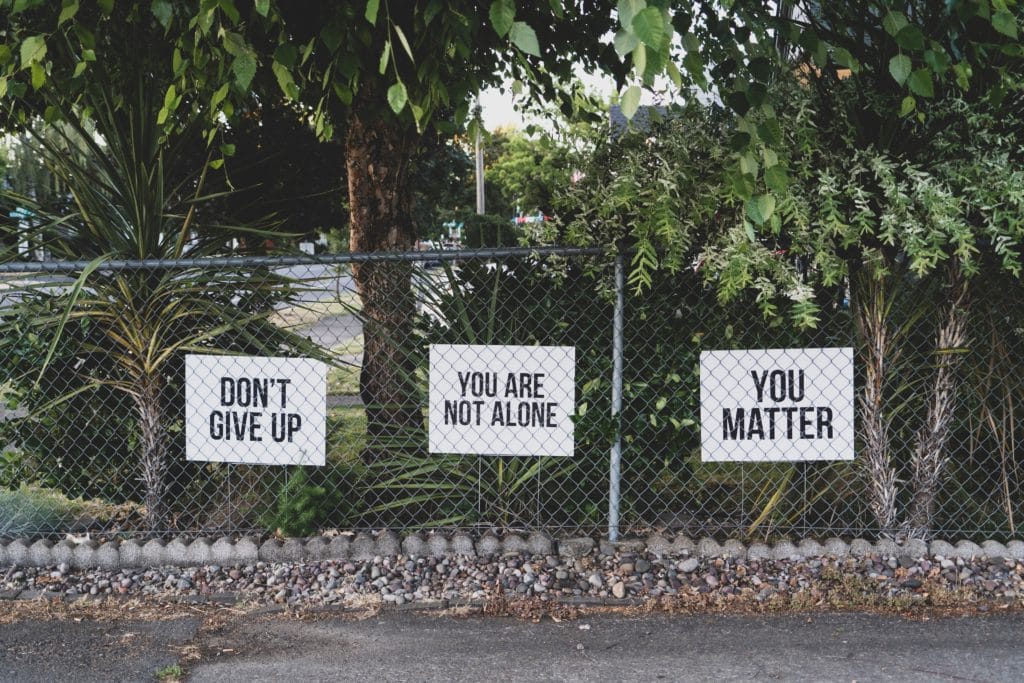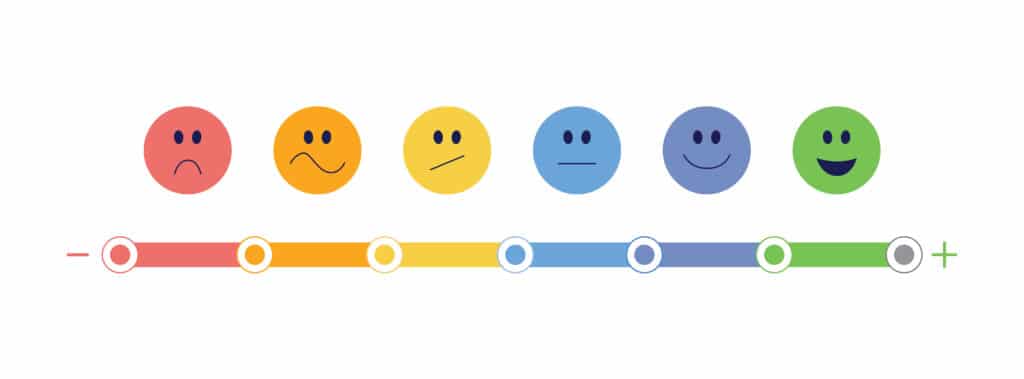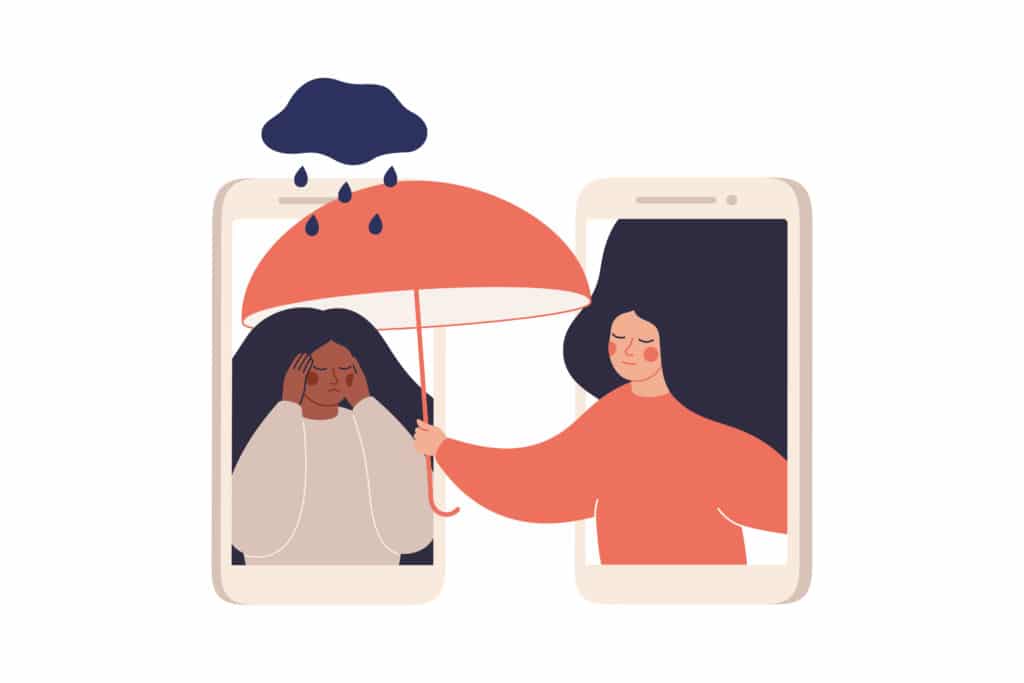What does a bully look like?
Regina George. Draco Malfoy. Angelica Pickles. Bullies are everywhere. Some are easier to spot than others.
So, what does a bully look like?
Oftentimes, they’re loud and have an in-charge attitude. Regina smacks her gum dismissively at you; Draco knocks you off your broom; & Angelica steals your cookies. Classic bully moves.
But bullying in 2021 and in real life can be harder to detect.
For National Bullying Prevention Month, we knew it’d be a good time to share some of the signs and prevention strategies for educators. Our hope is that educators like you relay this information to your students and talk about cyberbullying in the classroom often.
First, let’s figure out what a bully looks like. The word “bully” can conjure up stereotypical ideas. Let’s scratch that right now.
Chances are the bullies of your youth don’t use quite the same methods as the bullies your students encounter.
A bully can be a manipulator, a conniver, a gaslighter. A bully can be of any sex, gender, race, ethnicity, age. A bully comes in all shapes and sizes and can change course throughout a single interaction. They’re slippery and cunning.
And with social media and the internet, bullies can follow students wherever they go.
Teach students about bullying through this FREE program
Can we really prevent bullying?
Don’t worry. Like anything from unclogging a drain to signing up for insurance benefits (groan), everything is figure-out-able. Bullies are too. Students and educators just have to learn what to look for and then pay attention.
Called “cyberbullying,” this just means bullying that’s happening through any number of digital spaces, from social media to online gaming platforms. It’s the most pervasive and can be the most challenging to notice.
But it’s really, really crucial you stay observant.
Face-to-face bullying vs. cyberbullying

“I’ve learned that people will forget what you said, people will forget what you did, but people will never forget how you made them feel.”
This popular quote, misattributed to Maya Angelou, pinpoints the difference between face-to-face bullying and cyberbullying.
A malicious Snapchat that’s been screenshot by a student and their peers will make sure that no one forgets what’s said.
There are significant differences between face-to-face bullying and cyberbullying:
- Exposure to cyberbullying can be 24 hours a day with no relief.
- Cyberbullying can start small and balloon within moments.
- A cyberbullying attack can hit a student from multiple angles via multiple platforms and mediums.
- Cyberbullies can be completely anonymous.
Cyberbullying vs. trolling
Are cyberbullies and trolls the same? Not quite.
Both are forms of harassment that happen online, and according to one research study, both cyberbullies and trolls are more extroverted, less agreeable, and have lower self-esteem than those who don’t participate in either cyberbullying or trolling.
Trolls often use comments to cause their mayhem. They target strangers but can harass those they know. Stirring the pot makes them feel powerful, and engaging in offensive arguments is entertainment for trolls.
Cyberbullies often know their victim and use various digital means to intimidate, humiliate, threaten, and get revenge.
Put simply, trolls tend to do what they do to gain attention, while cyberbullies do what they do to demean and inflict harm.
Both hurt people.
Does it matter if we spot cyberbullying?

Oh yes, it matters. Like, a lot.
There are stories every week how cyberbullying results in suicide. Both bullying and suicide are preventable. We—teachers, educators, parents, adults—have an obligation to take notice.
It’s hard when we’re exhausted and busy, but if we don’t, who will?
Learn how to prevent adolescent suicide
Did you know…
Cyberbullying increased an estimated 70% in the first few months of COVID-19, possibly due to increased stress, isolation, decreased supervision online, and boredom.
Twenty percent of middle and high school students report being bullied each year.
Students who experienced bullying or cyberbullying are nearly two times more likely to attempt suicide.
Signs your student is getting cyberbullied
If you’re an online teacher, it can be challenging to spot a cyberbully. Everyone knows trying to ask a teen about their life even face-to-face can require some stealth strategizing.
First, let’s check out some signs that everyone should know about cyberbullying:
- Obsessive checking of texts or social media sites
- Withdrawing from family and friends
- Frequent headaches, stomach aches, or feeling sick
- Difficulty sleeping or frequent nightmares
- Declining grades or loss of interest in learning and participating
- Sudden loss of friends or avoidance of social situations
- Feelings of helplessness or decreased self-esteem
- Self-destructive behaviors such as running away from home, harming themselves, or talking about suicide
- Avoiding certain social activities and social situations
- High anxiety about attending school or riding a school bus
- Dropping grades or changes in school performance
How to actually spot the signs of cyberbullying

Next, let’s look at ways you can start to observe and identify when a student might be experiencing cyberbullying.
1. Daily check-ins
Daily check-ins have become a key opportunity to “read the room,” and have become quite popular among online instructors and blended learning teachers.
Types of check-ins
As all educators know, different approaches might resonate with some students more than others. And because students are human, what worked for them yesterday may not work for them today.
Former middle school teacher, John Spencer, identifies nine types of check-ins ranging from simple short texts via an online chat function to online surveys.
The latter seems to be the most favored among all grades. The perk of surveys is that the technology can help you identify patterns, which ultimately might help you see potential mental health concerns.
Platforms and software to create surveys:
SEL pulse check
Be sure to include questions that target social emotional learning (SEL). Don’t know what SEL is or need a refresh? We offer plenty of PD courses to help.
(TIP: If you only take one course, I recommend Take Care of Yourself. The old adage of putting your oxygen mask on first is true. You can’t spot a troubled student if your well-being isn’t a priority. Easier said than done, right?)
Below are some ways you can measure how your students are doing through SEL pulse checks:
- Use emojis. They’re popular for a reason, right? This can be a low-pressure way to understand the emotions of students of all abilities and learning differences.
- Acknowledge. Use specificity if available on the survey platform to acknowledge the emotion depicted from your student’s emoji. Everyone wants to be heard.
- Ask questions. What was the best part of your week? What was the worst part of your week? How much energy do you have today? How have you been sleeping?
2. Make anti-cyberbullying part of your classroom
Cyberbullying permeates all subjects and grades. If your school or district does not have a curriculum focused on cyberbullying, consider adding a few simple measures to your lesson plans.
Remember: If you think cyberbullying doesn’t exist among your students, you probably just haven’t witnessed it because it can be hard to detect.
Use digital resources during class
Harnessing the power of video to ignite a discussion about cyberbullying can be a great start. Ask your students to practice their digital sleuthing skills and share the resources they uncover. Here’s an excellent animated overview on the subject:
Don’t forget discussion questions
Allow time for students to share their impressions of the video either asynchronously or synchronously. Tackle some key non-emotional concerns addressed in the video about privacy measures the students are taking. Bring this topic up often throughout the year.
Assign online lessons

While the video above makes an impact and hopefully discussion can help your students feel safer to share with you, many students will feel more comfortable learning and answering questions in a more private environment.
The state of Michigan recently funded a robust SEL and mental health program called Michigan Cares. It includes several grade-specific lessons about cyberbullying. Students can be assigned specific lessons and their answers to end-of-lesson questions can be collected and measured.
3. Share the signs with students and their families
The truth is that teachers can only do so much. Families too. It takes a collective effort to spot the signs of a student being cyberbullied.
Share the cyberbullying signs listed earlier in this article with your students and their families a couple times during the school year. Keep this list close by as you engage with students. You never know what might resonate.
What do you do if you suspect cyberbullying?

If a student discloses that they’re facing cyberbullying, the first step is to acknowledge their experience. Ask “what” and “how” questions rather than “why.” They felt safe enough with you to share their experience; respect them enough to listen and safeguard their words.
Without a doubt, you must address a student’s claim with your administrators. Each school has its own anti-bullying policies and procedures. Follow them.
What are the cyberbullying laws in Michigan?
Students and their families can now take legal action against cyberbullying. In 2019, a new cyberbullying law, Public Act 457, was enacted in Michigan. Per the law, it is illegal to cyberbully. It describes cyberbullying as:
- Posting a message or statement on the internet about any other person that is intended to put someone in fear of bodily harm or death and expresses an intent to commit violence against the person.
- Posting a message or statement with the intent to communicate a threat with the knowledge that it will be viewed as a threat.
- Engaging in a pattern of harassing or intimidating behavior.
If found guilty, a cyberbully can face up to 93 days in jail and/or up to a $1,000 fine. If a pattern of intimidating is found, more severe consequences might be warranted.
Conclusion
It’s hard being a student today. From Instagram envy to Twitter trolling, the world is bigger and can appear meaner than ever.
But, there are educators like you. If you’ve read this, it’s clear that you’re already an advocate for students. They need you.
Resources
How to report cyberbullying
How to report abuse on YouTube
How to report abuse to Snapchat
How to report abuse on Instagram
Creating check-ins
Social-Emotional Check-ins for Distance Learning
3 Signature Practices Playbook from CASEL
Learn more about…
Cyberbullying and how to support student mental health
Michigan Virtual’s Anti-Bullying Policy

